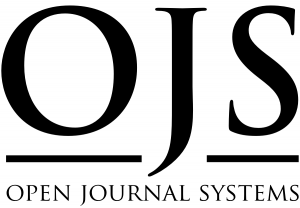Strategi Penjualan Pedagang Pakaian Di Plaza Kebun Sayur Balikpapan (Tinjauan Etika Bisnis Islam)
Abstract
The sales strategy is to move the customer's position to the buying stage (in the decision-making process) through face-to-face selling. Business seems to be inseparable from competitive activities. Islam encourages its people to compete in the search for goodness. If this is used as a business basis, then business practices must carry out a healthy competition activity. Looking at the condition of the clothing traders at Plaza Kebun Sayur Balikpapan who use all kinds of ways to be able to sell their wares. Therefore, this research aims to determine whether the strategies implemented by traders are still in the area of Islamic business ethics. This research includes field research (field Research). The types of data used are primary and secondary data. Data collection techniques used are direct field observations and interviews with traders and buyers. Data analysis used descriptive qualitative analysis. Based on the results of this study, it was found that several strategies were carried out by traders in terms of buying and selling clothes and it happened almost part of the number of traders studied, namely: 1. Traders often deceived buyers by selling damaged goods mixed with good goods, 2. Faking numbers size on clothes so that there is no excess stock, 3. Mixing old items with new items so that no old items don't sell, 4. Providing wholesale prices to retail buyers. Traders argue that what has been done so far is a natural thing and is accepted as consensual, while the buyers really don't feel any loss for what the traders are doing because there may not be any accuracy when buying goods.









